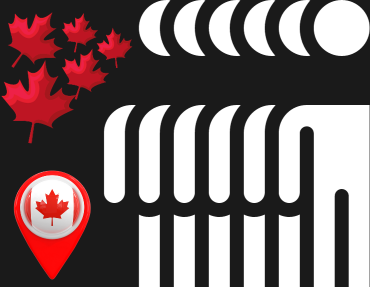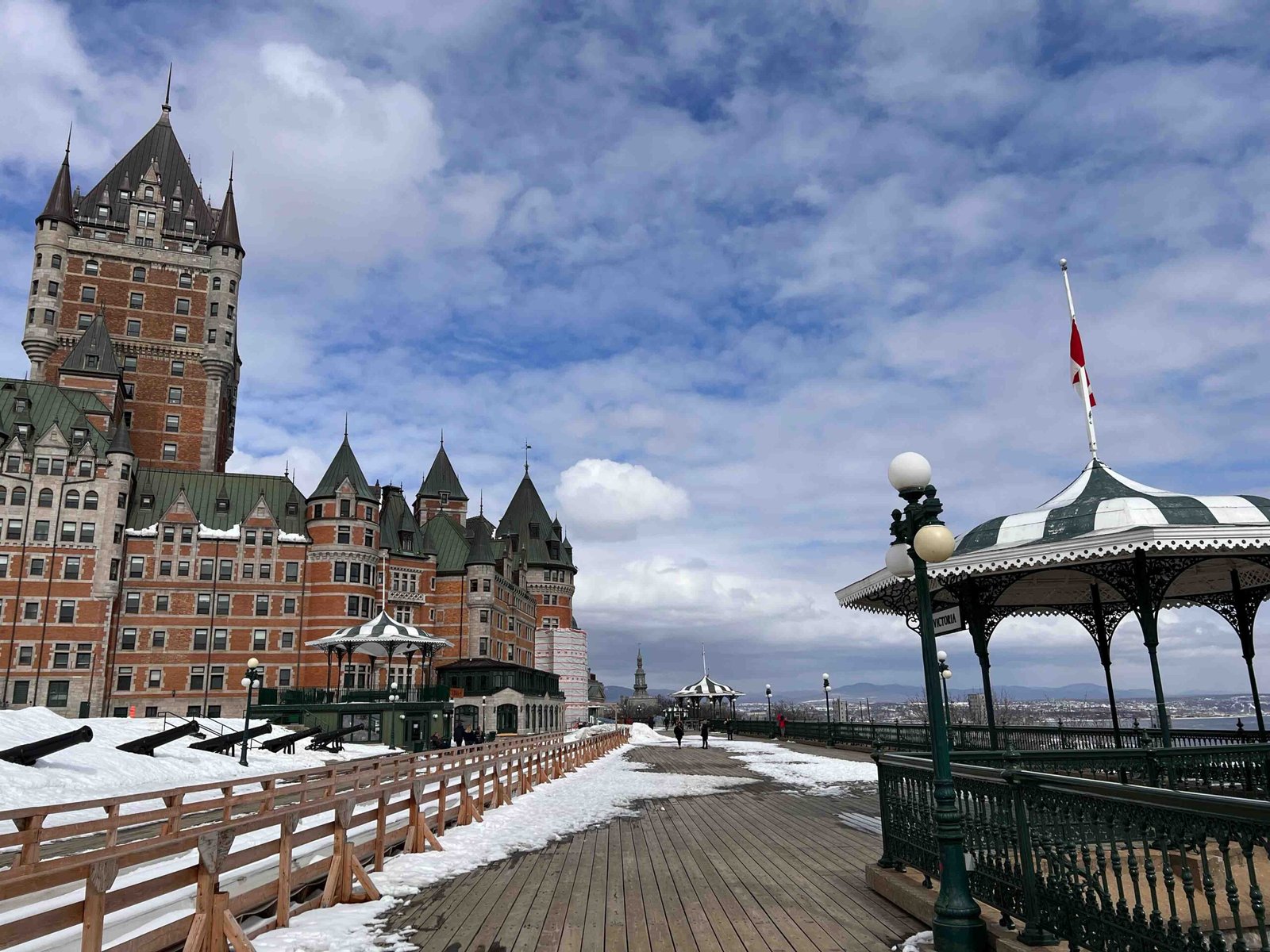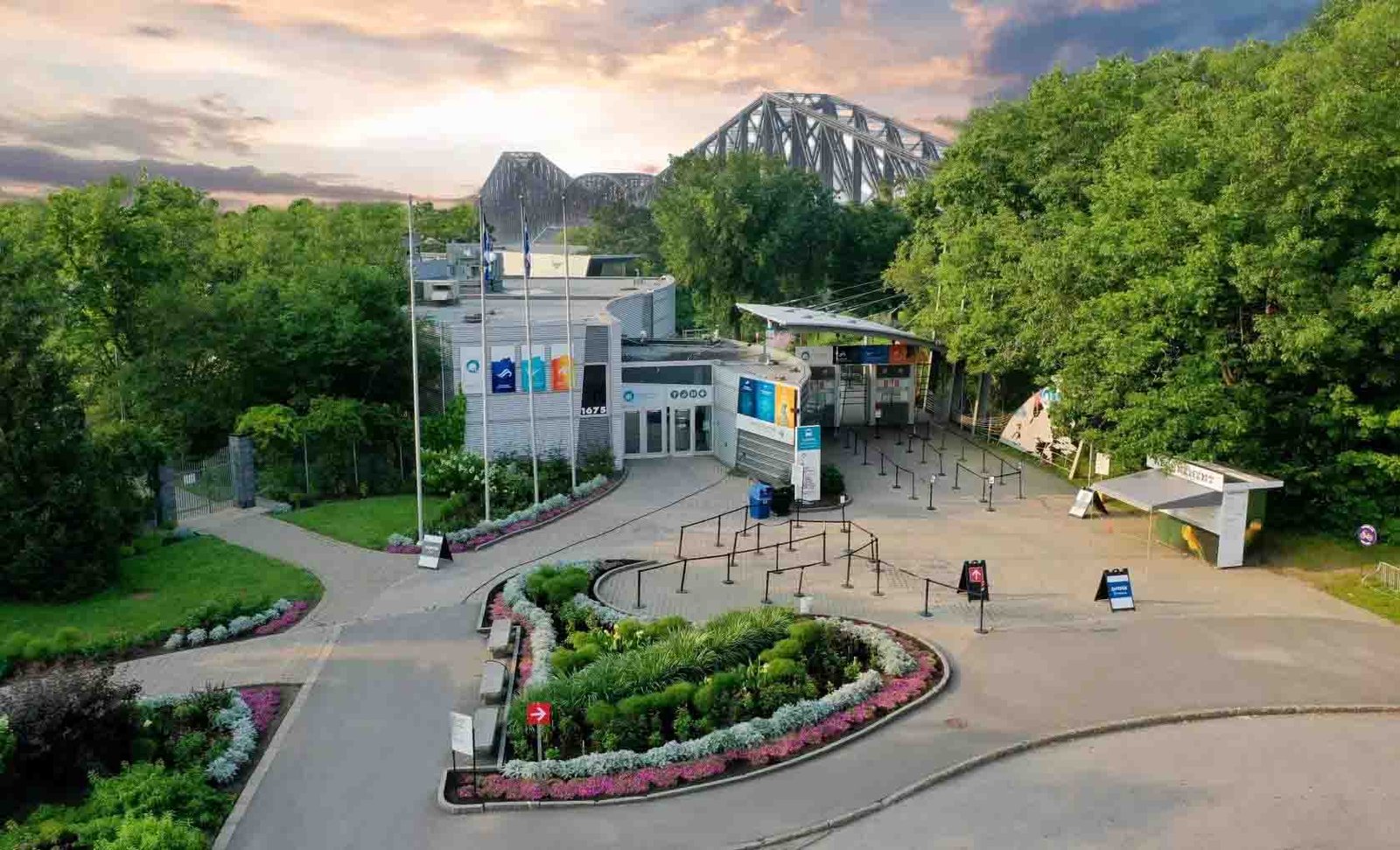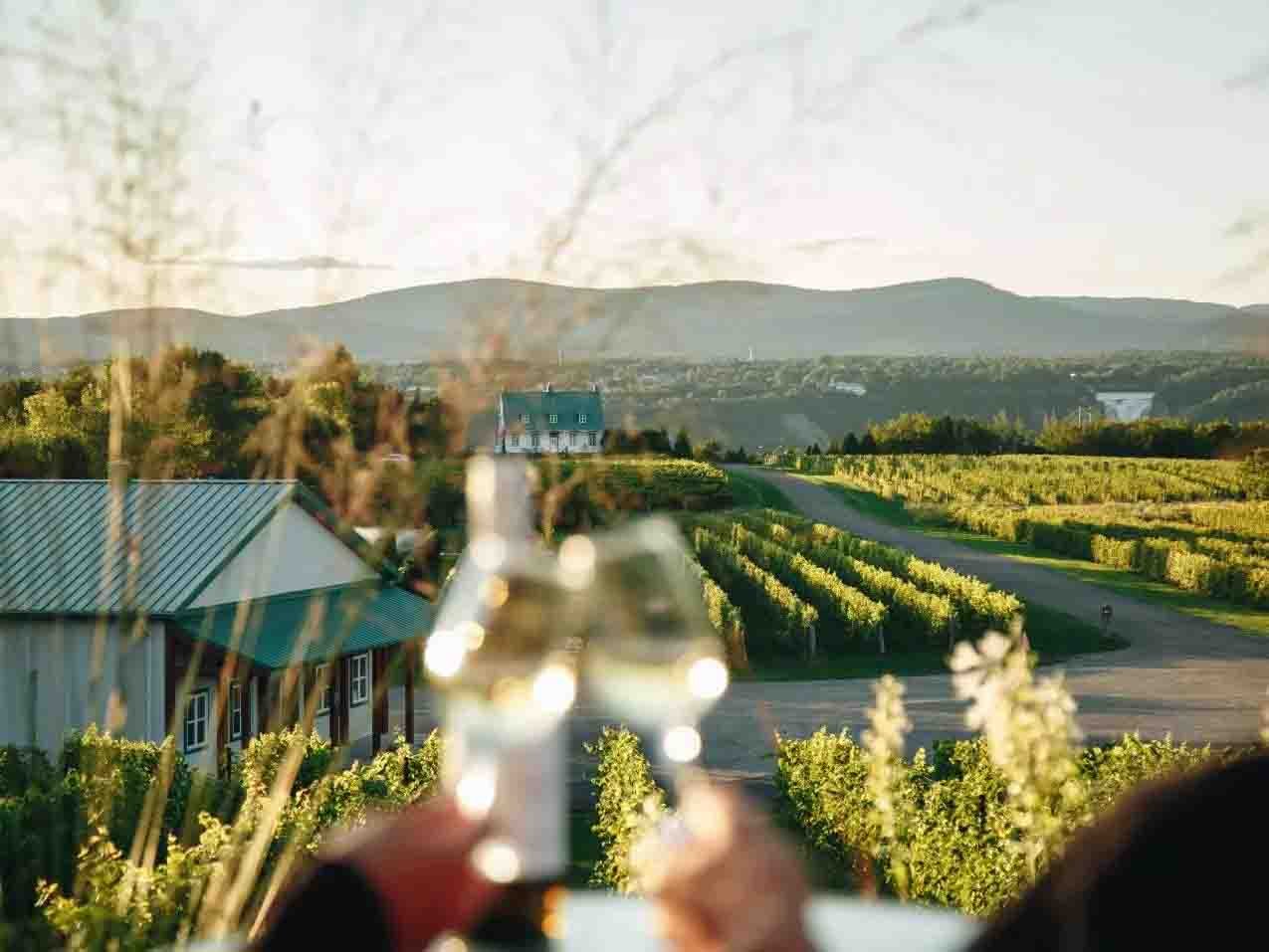Quebec City, located in eastern Canada, is a vibrant and multicultural city that has seen significant changes in its population over the years. From its earliest days as a French colony to present day, Quebec City has been shaped by waves of immigration and cultural exchange. Today, it is home to a diverse array of residents from different ethnic, linguistic, and religious backgrounds. In this article, we will explore the history of Quebec City’s population, the unique cultural traditions that make the city so special, the challenges and opportunities facing its growing population, and what the future may hold for this dynamic and ever-changing city.
Introduction to Quebec City
Nestled on the banks of the St. Lawrence River, Quebec City is a charming metropolis and the capital of the province of Quebec in Canada. This beautiful city is a UNESCO World Heritage site, offering a rich history and a vibrant cultural scene. With its cobbled streets, historic buildings, and stunning architecture, Quebec City is known for its European charm. The city’s old town is surrounded by fortifications and boasts some of the most picturesque views in North America. Quebec City is also famous for its winter carnival, which takes place annually and attracts thousands of visitors from all over the world. The city is home to a diverse population that speaks both French and English, making it an excellent destination for language enthusiasts. The local cuisine is a blend of French and Canadian influences, with dishes such as poutine, tourtière, and maple syrup being popular among locals and visitors alike. Quebec City is a popular destination for tourists who come to explore its museums, art galleries, and theatres. It also offers plenty of outdoor activities, including skiing, hiking, and cycling. With its unique blend of culture, history, and natural beauty, Quebec City is an excellent destination for those looking to experience the best of Canada.
A Brief History of Quebec City’s Population
Quebec City’s population has a long and complex history. The area was first inhabited by Indigenous peoples for thousands of years before the arrival of Europeans in the 16th century. French explorers, traders, and colonizers established Quebec City in 1608, and it became the capital of New France. The population grew slowly at first, with a mix of French settlers, soldiers, and missionaries. However, after the British conquest in 1759, the population increased dramatically as British immigrants arrived, as well as Scottish and Irish immigrants who were fleeing poverty and famine. The British authorities encouraged immigration to help establish control over the colony and to promote economic growth.
In the 19th century, Quebec City’s population continued to grow due to both natural increase and immigration from Europe. The majority of immigrants came from Ireland, Scotland, England, Germany, Italy, and Eastern Europe. During this time, the city’s population also became more diverse with the arrival of Jewish immigrants from Russia and Poland. In the 20th century, Quebec City saw an influx of immigrants from other parts of Canada as well as from around the world. The city also experienced a significant shift in its population with the Quiet Revolution in the 1960s when Quebec society became more secular and francophone. Today, Quebec City is a vibrant and multicultural city with a population of over half a million people that includes Indigenous peoples, Francophones, Anglophones, and people from various cultural backgrounds.
The Diversity of Quebec City’s Residents
Quebec City is known for its diverse population, which includes people from different ethnic and cultural backgrounds. The city has a population of over 700,000 people, with French being the official language. However, there are also significant numbers of English-speaking residents, as well as people who speak other languages such as Spanish, Italian, and Arabic. In recent years, the city has seen an increase in the number of immigrants from various parts of the world. As a result, Quebec City has become a melting pot of cultures and traditions.
The diversity of Quebec City’s residents can be seen in its various neighbourhoods. For example, Saint-Roch is home to many artists and young professionals, while Limoilou is known for its working-class population. The neighbourhood of Saint-Sauveur has a large immigrant population, with many people from North Africa and the Middle East residing there.
The city’s diversity is also reflected in its food scene. Quebec City has a wide range of restaurants serving dishes from all over the world, including Chinese, Indian, Thai, and Mexican cuisine. The city also has a vibrant street food scene, with food trucks offering everything from poutine to falafel.
Overall, the diversity of Quebec City’s residents adds to the city’s unique character and charm. It provides an opportunity for people to learn about different cultures and traditions and helps to create a more inclusive and welcoming community.
Exploring the Unique Cultural Traditions of Quebec City
Exploring the unique cultural traditions of Quebec City is a fascinating journey that takes visitors through a range of experiences that showcase the city’s rich heritage. Quebec City is a UNESCO World Heritage site, and its cultural traditions are an essential part of its charm. The city is home to a vibrant arts scene, which draws inspiration from the region’s history and culture. One of the most significant cultural events in Quebec City is the Winter Carnival, which takes place every February. This festival is a celebration of Quebec’s winter season and features ice sculptures, parades, and traditional foods such as poutine. Another important cultural tradition in Quebec City is the music scene. The city has a thriving music industry that includes many local artists who perform in various genres, including folk, rock, and classical. Quebec City also boasts a rich culinary heritage that is influenced by French, British, and First Nations cuisine. Visitors can sample traditional dishes such as tourtière, a meat pie, or cretons, a pork spread. Finally, the city’s architecture reflects its unique cultural identity. The Old Town of Quebec City features many historic buildings that showcase the city’s French influence. Exploring these buildings provides visitors with insight into the city’s past and present. Overall, exploring the unique cultural traditions of Quebec City is an immersive experience that allows visitors to gain a deeper understanding of the city’s history and culture.
The Impact of Immigration on Quebec City’s Population
Quebec City’s population has been impacted by immigration, which has contributed to the diversity of the city. Immigration has been a major driver of population growth in Quebec City, particularly in recent years. The majority of immigrants come from Europe, Asia, Africa and the Middle East. Immigration has brought about many changes in the city, including cultural and economic benefits. Immigrants have brought their unique skills and talents, enriching the cultural fabric of Quebec City. They have also started businesses, creating jobs and contributing to the economy.
However, immigration has also brought challenges to Quebec City. Some residents are concerned that immigration may lead to a loss of cultural identity or a strain on public services. There have also been instances of discrimination against immigrants. Quebec City has responded by implementing policies and programs to support integration and address discrimination.
In recent years, there has been a shift towards attracting more skilled workers and international students to Quebec City. This approach aims to address labour shortages and contribute to economic growth. The government has also increased funding for settlement services and language training for newcomers.
Overall, immigration has had a significant impact on Quebec City’s population. While it has brought about both opportunities and challenges, it has contributed to the city’s diversity and economic growth. With continued efforts towards integration and support for newcomers, Quebec City can continue to celebrate its diversity while navigating change.
Challenges and Opportunities for Quebec City’s Growing Population
As Quebec City’s population continues to grow, the city faces both challenges and opportunities. One of the main challenges is ensuring that the city’s infrastructure can support its growing population. This includes everything from transportation and housing to healthcare and education. The city will need to invest in new infrastructure and upgrade existing systems to accommodate more people. Additionally, the influx of new residents presents an opportunity for Quebec City to diversify its economy. With more people comes a greater demand for goods and services, which can create new jobs and stimulate economic growth. However, it will be important for the city to attract businesses that align with its values and cultural traditions. Another challenge is maintaining social cohesion in a diverse community. Quebec City has a rich history of cultural traditions, but as the population grows and becomes more diverse, it may be difficult to maintain a sense of community and shared identity. The city will need to find ways to celebrate diversity while also promoting unity. Finally, Quebec City must also address issues related to sustainability as its population grows. This includes reducing carbon emissions, managing waste, and protecting natural resources. By addressing these challenges head-on, Quebec City can continue to thrive as a diverse and dynamic community.
Looking Ahead: The Future of Quebec City’s Population
Looking ahead, the future of Quebec City’s population appears to be bright, with the city continuing to attract new residents from all over the world. According to recent statistics, the population of Quebec City is expected to grow significantly over the next few decades, driven in part by a high birth rate and continued immigration. While this growth presents some challenges, such as increased pressure on infrastructure and services, it also presents numerous opportunities for the city to continue to evolve and thrive. One of the key factors that will shape the future of Quebec City’s population is its ability to adapt to changing economic conditions and technological advancements. As new industries emerge and old ones decline, the city will need to be nimble and innovative in order to create new opportunities for its residents. Another important factor will be the city’s ability to maintain its unique cultural identity while welcoming newcomers from diverse backgrounds. This will require ongoing dialogue and collaboration between different communities, as well as a commitment to celebrating and preserving Quebec City’s rich history and traditions. Ultimately, the future of Quebec City’s population will depend on a range of factors, including economic growth, social cohesion, and environmental sustainability. With careful planning and a collaborative approach, however, there is every reason to believe that Quebec City will continue to be a vibrant and dynamic city for many years to come.
As we have seen, Quebec City is a vibrant and diverse city with a rich cultural history. Its population has grown and changed over the years, with immigration playing a significant role in shaping the city’s identity. While there are certainly challenges that come with this growth and change, there are also many opportunities for Quebec City to continue to evolve and thrive. As we look to the future, it will be interesting to see how the city’s population continues to shift and what impact this will have on its culture, economy, and overall character. One thing is certain: Quebec City’s unique blend of history, tradition, and diversity will continue to make it a fascinating place to explore and learn about for years to come.
Population in province:
Alberta, British Columbia, Manitoba, New Brunswick, Newfoundland and Labrador, Nova Scotia, Ontario, Prince Edward Island, Quebec, Saskatchewan
Population in city:
Calgary, Edmonton, Vancouver, Victoria, Winnipeg, Fredericton, Moncton, St. John’s, Halifax, Toronto, Ottawa, Charlottetown, Montreal, Quebec City, Saskatoon, Regina






Pingback: What is the population in Canada? – Things to do in Canada